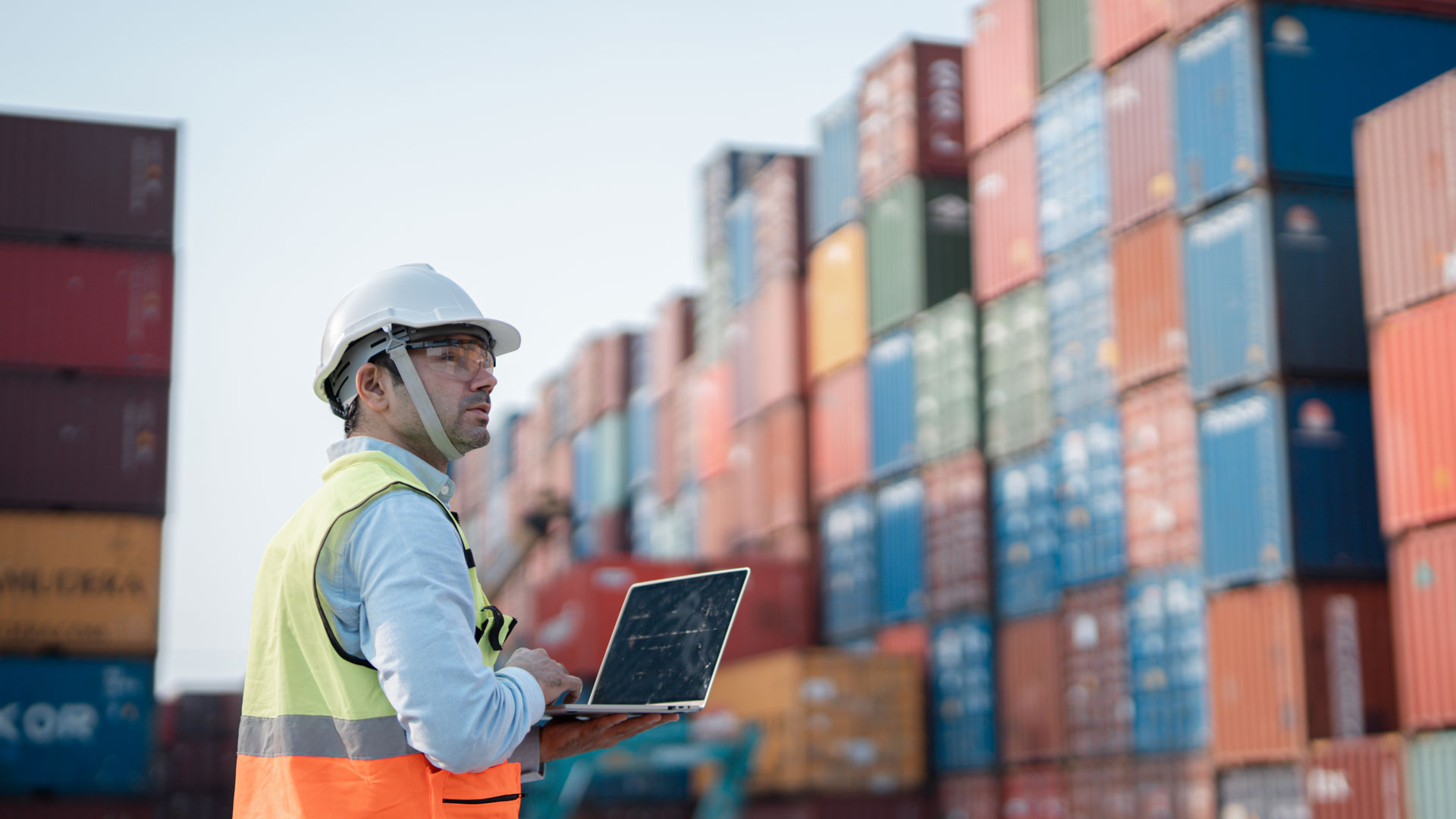
I'm no economist and my financial acumen is, as my partner would tell you, suspect. But I fundamentally understand one thing: if you charge companies more to make or ship products, they will not eat those extra costs and will instead serve them to you like so much overcooked gruel.
With Former President Donald Trump now officially President-Elect in the US and set to take office on January 20th, he will surely fulfill a key campaign promise: import tariffs of between 12% and 60%. On the bleeding edge is China, which is expected to suffer through the most draconian 60% tariff structure.
There are no precise numbers of how much technology is produced in China and other countries, but it is a fact that most of the gadgets you love and use are not made in the United States.
Amazon, for instance, reportedly makes most of its Fire and Kindle products in China. Apple produces most of its iPhones in China but has been moving some manufacturing of it and other Apple gear to India and Vietnam. Similarly, Google manufactures Pixels and other devices in China, Vietnam, Taiwan, and India. Lenovo produces most of its laptops in China.
The hard truth
I have no issue with products being produced wherever it's most efficient and cost-effective. I know labor is cheaper and the proximity to components is better outside the US.
It's also likely that regulations are somewhat more lenient in, for instance, China and Vietnam, though American companies have in recent years tried forcing their Chinese counterparts to conform to US manufacturing standards for things like safety. I want everyone to be safe at work and to be paid a fair living wage but also appreciate tech gear I can still afford. It would be fantastic if we could have both, but that might be unrealistic.
The goal of tariffs is to fix trade distortions. The US does have a trade deficit. On election day in the US, the Census Bureau released its U.S. International Trade in Goods and Services report for September 2024 (PDF). The key headline was that the trade deficit rose $13.6b to a total of $84.4b.
Another tariff goal is to prompt companies to shift manufacturing back to the US, which, according to the Brooking's Institute is well behind China, where manufacturing accounts for 27% of the country's output, compared to just 12% in the US. And it's widely known that the majority of tech production, including semiconductors, still happens outside the US.
Tariffs don't do what you think they do
Tariffs seem unlikely to change that equation any time soon. In fact, Tariff's have a history of having the opposite of their intended effect. According to the Cato Institute:
"Recent empirical evidence indicates the new US tariffs imposed in 2018 and 2019 were almost entirely passed on to US consumers, resulting in higher prices and reduced export growth."
To repeat, Tariffs imposed on companies are passed along to us and that means they appear in the form of higher prices for the tech products we buy every day. The Cato Institute adds, by the way, that Tariffs lead to increased protectionism (shielding us from unwanted foreign competition) and corruption.
It's possible that the tech giants will go another way and accelerate plans – if they have them – to move manufacturing to the US. Of course, that act could involve increased costs just for building out the infrastructure and paying US workers higher wages for the same work they get from Chinese employees at a fraction of the cost.
Do we have a plan?
I've asked Google, Amazon, Lenovo, and Apple how they plan to handle these potential tariffs. Would they just eat the extra cost or pass it along to consumers? Amazon had no comment. As of this writing, the others have yet to respond.
I doubt they'd eat the costs of tariffs but do not expect any of them to willingly admit that prices are about to rise for, say, your next iPhone, future laptop, or new Kindle.
If these tariffs happen early next year, though, the costs will have to go somewhere. Even if it forces companies to move manufacturing back to the US in the long run, the short-term net of it all is higher costs for tech companies and more expensive tech gear for consumers.
On the bright side, we have a Black Friday straight ahead of us. It might make sense to stock up on those gadgets now.







